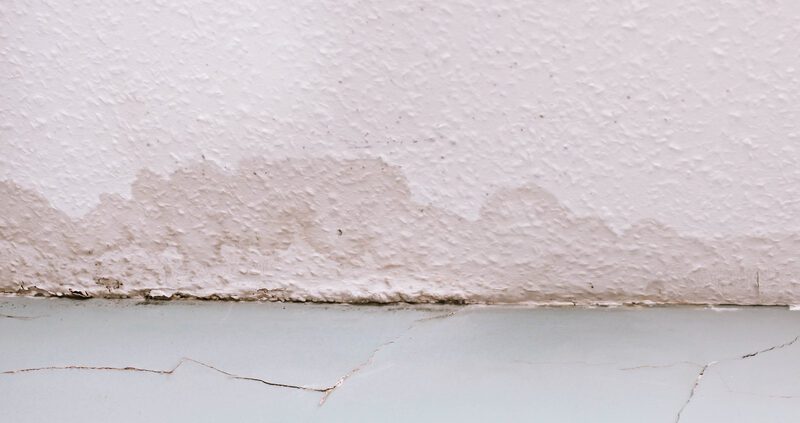How to Prevent Home Damage in a Humid Environment
Living in a humid environment, such as Florida, comes with its unique set of challenges. One of these is the potential for home damage due to high levels of moisture. Humidity can lead to issues like mold growth, peeling paint, and warped flooring. Nevertheless, with the right strategies, homeowners can effectively mitigate these risks. By ensuring proper ventilation, using stronger materials, and sealing your home, you can safeguard against humidity-induced damage.
Ensure Your Home is Properly Ventilated
Proper ventilation is key to reducing moisture buildup in your home. It helps to circulate air and speed up the evaporation of water, reducing the overall humidity inside. Bathrooms and kitchens, which often generate a significant amount of moisture, should be equipped with exhaust fans. Consider installing vents or attic fans to improve airflow in enclosed spaces like attics and basements, where moisture can accumulate undetected. Additionally, regular use of air conditioning units can help control indoor humidity levels. They not only cool the air but also remove moisture, providing a dual benefit. Be sure to maintain these units regularly to ensure their efficient operation.
Use Stronger Materials
In humid climates, it’s crucial to choose home materials that can withstand moisture without being damaged. Engineered wood floors are more resistant to changes in moisture levels than solid hardwood. They are less likely to warp or buckle, making them a good choice for high-humidity areas. Similarly, when it comes to wall paints, opt for those specifically designed for humid climates. These paints have mold and mildew-resistant properties and are less likely to peel or blister due to moisture. For exterior walls, consider investing in elastomeric paints, which create a waterproof barrier and provide excellent protection against humidity.
Seal Your Home
Sealing your home effectively can prevent moisture from seeping into your house. Start by checking for cracks or gaps in your home’s exterior, around windows, doors, and foundations. Use a high-quality, waterproof sealant to fill these gaps and prevent water intrusion. In your home’s interior, use sealants in areas prone to moisture, like bathrooms and kitchens. Pay attention to areas around showers, bathtubs, and sinks. Properly sealing these areas can prevent water from getting behind walls or under floors, where it can cause significant damage. Lastly, consider sealing your basement or crawl spaces. These areas can become damp and harbor mold growth. Using a vapor barrier can block moisture and keep these areas dry.
Preserving the integrity of your home in a humid environment can feel like a daunting task. However, with mindful strategies, it’s more than achievable. By incorporating proper ventilation, opting for moisture-resistant materials, and diligently sealing potential points of water intrusion, you can create a home that’s ready to stand up to humidity. This not only protects your investment but also provides a comfortable and healthy living space for you and your loved ones.
You might also like this article: Common Reasons for Bad Smells in Your Home




